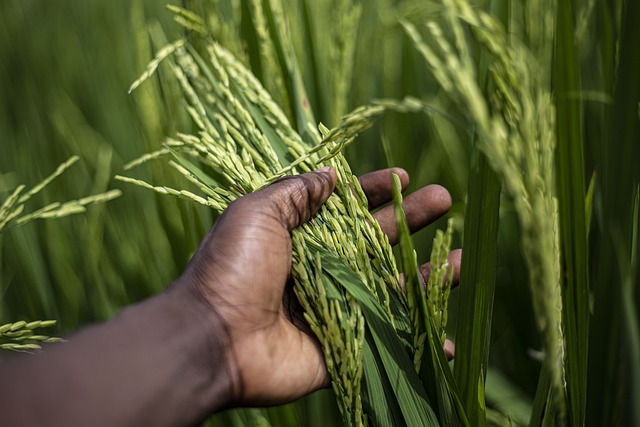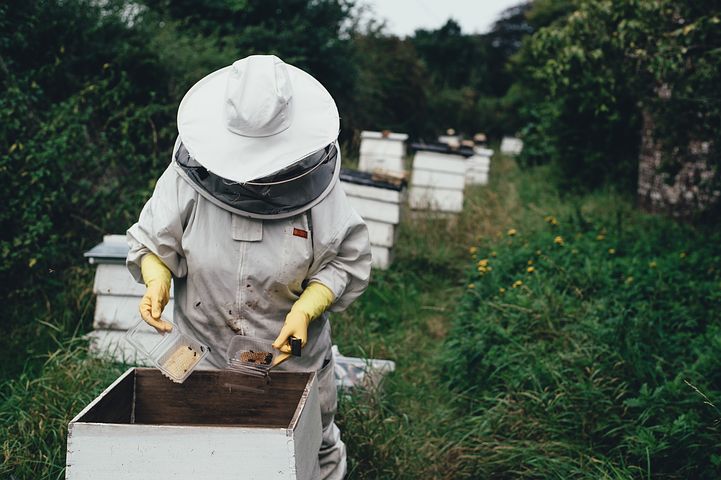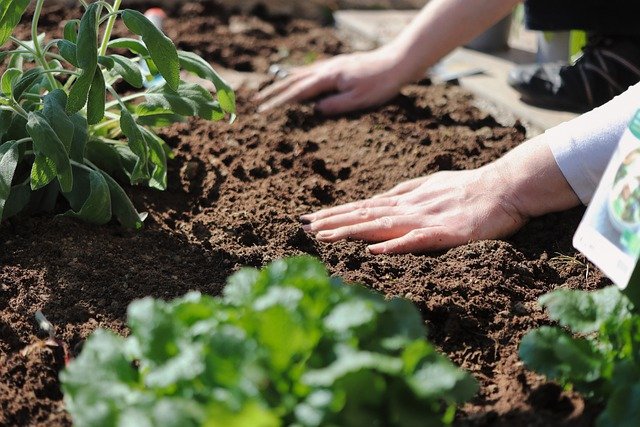

Over the last few years, the attention turned towards climate change has resulted in increased scrutiny on a number of industries around the world. Farming has been no exception. In fact, agriculture results in 10% of all greenhouse gases emitted in a year just within the United States. One particular area of farming that is often overlooked is rice farming, however there is still a major environmental impact to be had.
Contents
What Does the Process of Rice Farming Look Like?
Understanding the impact rice farming has on the environment starts with looking at how rice farming actually works. There are five major parts to rice farming which occur over roughly the course of a year:
- Preparing the field and planting: Rice is a semi-aquatic plant that requires constant irrigation throughout the season to grow properly. As a result, heavy clay and silt loam need to be prepared along with the creation of uniform grades and slopes within field.
- Irrigation and growth: Over the course of roughly 120 days, rice plants will grow to around three-to-four feet in height. Farmers are constantly irrigating the plants during this time.
- Harvesting: The next stage of rice production is harvesting, where water is drained from the fields and the rice is cut and separated.
- Wildlife arrives: During the winter months, farmers flood their fields with shallow water which draws in animals. These animals help feed the nutrients and reduce weeds.
The Environmental Strain of Rice Farming: 3 Prominent Effects
When looking at rice farming practices for environmental conservation, learning how to accomplish this requires understanding the negative effects rice farming has on the environment. Most prominently, there are three primary effects:
1. Methane is the primary greenhouse gas expelled
While other forms of farming give off various greenhouse gases, rice farming gives off one primary gas: methane. Given that rice grows in flooded fields, as mentioned, bacteria thrive on the decomposition of matter within the water, which results in the release of methane.
2. Rice is water-intensive to grow
As indicated by the growing process, rice requires a significant amount of water in order to grow properly. With multiple feet of water being applied every growing season to create the crops, a major portion of water used for agriculture goes towards rice production.
3. The use of neonicotinoids in some crops
The average rice farming technique still includes chemicals such as synthetic fertilizers, herbicides, or even neonicotinoids. These are systemic insecticides that target pollinators to preserve crops, yet they have a proven negative impact on the environment as a whole.
Strategies for Farming Rice More Sustainably
Farmers all have an obligation to keep the environment as healthy as possible, especially so that they can keep growing crops for years to come. With this in mind, there are a number of beneficial tips to farming rice in a more sustainable manner which can help any farmer improve their methods:
Utilize integrated pest management
Rather than using herbicides when farming rice, consider using integrated pest management strategies as an alternative. This simply involves identifying the pests affecting crops while determining its abundance and then implementing a more controlled approach to removal as opposed to blanket herbicides.
Apply water intermittently instead of flooding the fields
Flooding the fields is a staple way of farming rice, but it wastes a large amount of water that the environment needs. Rather than a shallow flood, consider applying water to the fields on an intermittent basis so that the overall amount of water used can be lower.
Avoid synthetic fertilizers and enrich fields with organic matter
While using synthetic fertilizers can be tempting due to their strength and overall potency, it may not be the best idea for the environment. Instead, consider enriching your fields with organic matter that will not harm the overall environment during the farming process. While these options may be less convenient, they will have a more profoundly positive impact on the environment compared to alterative methods.
The Bottom Line
As a farmer, your livelihood is tied into the crops you grow and deviating from a historical method of farming can be a challenge. However, by taking steps now you can get ahead of potential regulations that may be put in place in the near future. This can allow you to get ahead of your competitors and bring about continued success in your farming endeavors.



